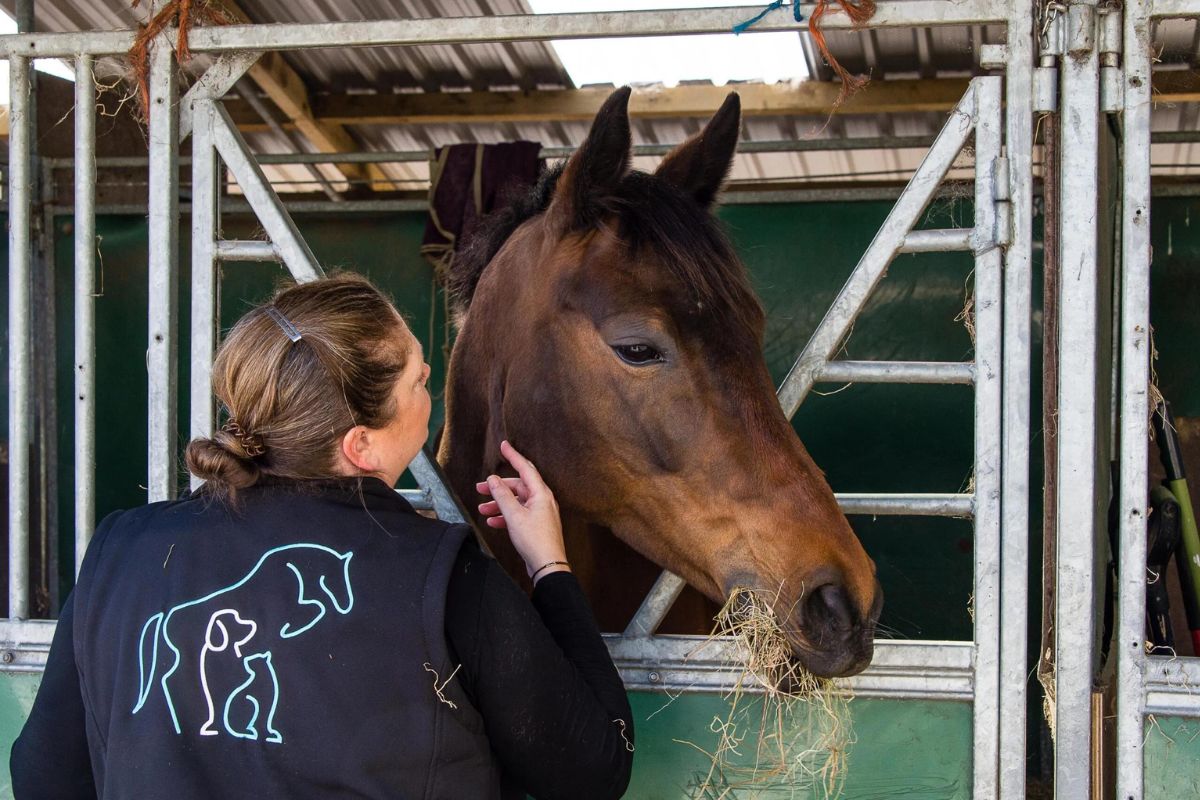Micro-credentials in the Asia-Pacific

In September 2022 I had the honour of moderating the final panel of the APAC TVET Forum 2022, a panel all about micro-credentials. The panel explored how micro-credentials are currently being utilised around the Asia-Pacific region, with a focus on four countries: New Zealand, Samoa, Australia, and China. The panel was a fascinating introduction to the approaches of the different countries. The first question that I asked the members of the panel forms the basis of this article: I asked them to talk about how their country defines a micro-credential. In addition to the four countries that were discussed as part of the panel I have also chosen to explore Malaysia’s use of micro-credentials in this article, to cover more of Asia in addition to the Pacific region. I’m going to go through the definition and process for each country and then explore and analyse the impact.
Australia
In November 2021 Australia published their national micro-credentials framework, which involved over 120 individuals from about 70 organisations and which provides their agreed definition of a micro-credential. To the vocational education space in Australia micro-credentials are nothing new, it’s a new name, but short courses in this space have been happening for decades. What is new is the university sector now being involved in short courses. As the definition and framework were a collaboration between both the university and vocational education sector it involved a lot of debates around how best to define a micro-credential. The decision was to ‘err on the side of minimalism to protect the flexibility and dynamism of microcredentials’ (National Microcredentials Framework). The final definition is that a microcredential is a ‘certification of assured learning or competency, with a minimum volume of learning of one hour and less than an AQF award qualification, that is additional, alternate, complementary to or a component part of an AQF award qualification.’
Universities in Australia seem fully on-board with micro-credentials and learners can ‘stack’ their micro-credentials to help towards a degree, to aid with this there will be a microcredentials marketplace to allow learners to see the different microcredentials on offer and how they can be combined together to become a degree.
China
China has been going through its own vocational education reform since 2019, with the emphasis on removing the stigma of vocational education and increasing the number of learners undertaking it. They do not as yet have micro-credentials in the way that they are currently defined/used elsewhere, but in 2019 they introduced the most comparable product- the ‘1+X’ certification system. Whilst the policy was targeted at vocational schools, universities and other colleges were also encouraged to join the pilot.
In the ‘1+X’ model the ‘1’ refers to universities and vocational institutions degrees, which would be supplemented with additional industry-based practical qualifications (the ‘X’) to address the skills gap between education and employment.
Malaysia
In 2020 the Malaysian Qualifications Agency issued the first version of their ‘Guidelines to Good Practices: Micro-credentials’. In the document they define the term micro-credential and chose to use the same definition as the one which the European MOOC Consortium created as part of their EMC Common Microcredential Framework in 2019. It is defined as ‘as digital certification of assessed knowledge, skills and competencies in a specific area or field which can be a component of an accredited programme or stand-alone courses supporting the professional, technical, academic and personal development of the learners’. The rationale which MQA gave for utilising micro-credentials in their country and sectors was that they offer a more dynamic, competitive, demand-driven, shorter, modular, and less expensive alternative to the traditional degree. Further to this they explain that micro-credentials ‘should be designed and delivered in response to demands of the learners from employers or industries for shorter and focused skill sets, knowledge and technologies which are required for upskilling and reskilling of the workforce to be ready for the 4th Industrial Revolution or personal development. Active engagement with industries and employers is crucial to ensure currency, relevancy and value of the microcredentials.’
The guidelines also allow for stackability which they define as the accumulation of micro-credentials and credits ‘leading to an award or credit transfer based on a credible and transparent outcome-based process subject to existing policies.’
Samoa
Micro-credentials are fairly new in the Pacific. Interestingly within Samoa alone there are two definitions for the term. The Samoa Qualifications Authority (SQA) have defined micro-credentials as ‘recognition of non-formal learning activities, it is a structured form of learning but does not lead to a formal qualification.’
In Samoa and across the Pacific, the APTC (Australia Pacific Training Coalition) are a strong presence of support, they also offer micro-credentials and define them slightly differently as ‘a certified recognition of achievement of a focused set of learning outcomes. Micro-credentials are short and highly-targeted non-accredited online courses designed to help learners improve a skill in an industry area.’
SQA have said that recognising the value of courses or micro-credentials is providing a targeted boost to skills and knowledge for a quicker transition to the workplace and that micro-credentials are perceived by learners as a more manageable amount of learning to be undertaken in short term, which is important for those that are already in employment
New Zealand
The New Zealand Qualifications Authority (NZQA) has defined a micro-credential as not being a qualification and have specified that NZQA quality assured micro-credentials are between 5-40 credits (50-400 hours of work); they can be at any level on the framework from Level 1 up to Level 10 (currently the highest micro-credentials are at Level 8, of which there are 11); they must be delivered by registered tertiary education providers; must have learning outcomes; and must have evidence of need from employers, industry, workforce development councils, community and/or iwi.
Since first launching micro-credentials in 2018 NZQA have adapted their approach based on feedback, including now allowing ‘stacking’ of micro-credentials into qualifications.
Very usefully in September 2022 NZQA published two papers, one on a rationale for micro-credentials and one on the journey that New Zealand has been on so far with micro-credentials, both are very interesting and useful reads but I wanted to pick out a couple of points here from the journey so far article:
‘The majority [of micro-credentials on the New Zealand Qualifications Framework (NZQF)] were sitting at lower levels of the NZQF with only 8% (19) at degree level (Level 7) or higher.’ There are roughly 250 micro-credentials currently on the NZQF.
‘New Zealand universities can also develop micro-credentials, with universities able to approve micro-credentials themselves. University uptake has been relatively low with only four of the eight universities offering micro-credentials by October 2021. Victoria University of Wellington was the main developer, offering nine of the 17 university micro-credentials.’
Value
So what do each of these descriptions tell us? In essence it’s encouraging that in the main there is uniformity. All five countries agree and believe that extra training and learning will help learners with New Zealand, Samoa, Malaysia, and Australia explicitly focusing on working closely with industry to ensure that what is being created is appropriate and required.
One issue comes down to size. Australia have mandated a one hour minimum and are utilising micro-credentials in both vocational and university education. New Zealand have mandated 50-400 hours for each micro-credential and thus far, New Zealand universities, whilst having policies for micro-credentials, are not utilising them as much as their Australian counterparts, with most NZ micro-credentials being vocationally focused at present. Samoa and Malaysia do not have a size requirement and with China, the 1+X is being used as an add-on to existing courses, making initial learning probably take longer and not as useful at helping those learners who are already in the workforce and looking to upskill/reskill. The issue of portability is going to be an incredibly important question to ask, and indeed, it needs to be being asked now as people have these micro-credentials already.
Online?
In some of the definitions they talk of ‘online’ or ‘digital’. With Malaysia for instance in their micro-credential guidelines they detail that one principle of a good micro-credential is that it is ‘secure and shareable’ and ‘should ideally be based on technologies that preserve the identity of the learners and protect the certifications from misuse or alterations to ensure user trust. The micro-credentials should be shareable across multiple platforms including social media, email, blogs, and resumes.’ This is a great definition of what a digital badge is, it’s interesting and I believe useful that Malaysia is already identifying the future-focused element of what is a micro-credential and they are pairing it with the future-focused elements of a digital badge; digital badges are not the same as micro-credentials but do partner well together (see my previous article for more information on that).
APTC also define micro-credentials as ‘online’. There does seem to be a belief that micro-credentials should be just online (very useful during the pandemic), but in Australia, Malaysia and New Zealand at least there is a mixture, some are fully online, some blended learning, others are fully in-person, the flexibility, appealing to learners with different needs and requirements, is very useful.
Recognition
All of these definitions are ‘official’ approved micro-credentials, on national frameworks, approved at national level. There is a debate around what about those industries where there are courses that they create which are essential to their respective industry, but are not ‘approved’, ‘assured’, on their respective national framework. Are they micro-credentials? Or just ‘short courses’? I think especially where if you take New Zealand for instance, if there is a 10-hour course which is essential in a particular industry, but not large enough to be defined as an NZQA-approved micro-credential, is it just a short-course? What is its value?
Conclusions
This article is very much only a beginning and introduction to the area and the concept, other countries in the region are also delivering micro-credentials. It is encouraging that so many areas in the Asia-Pacific are defining and utilising micro-credentials and that there is a huge amount of overlap, especially with the need for industry engagement. Where there are questions and differences, they seem mainly in the size component which I feel is incredibly important to resolve as issues of portability and mutual recognition between countries starts to become more and more important. Would a two-hour micro-credential achieved in Australia be given any weight in New Zealand? Would a 39-credit micro-credential in New Zealand be seen as such in Malaysia? These are important questions to ask and to find answers for, before learners start getting disadvantaged. The European Union are creating a holistic definition and framework for all member states for consistency and comparability, I believe the Asia-Pacific region needs to follow suit.












Responses